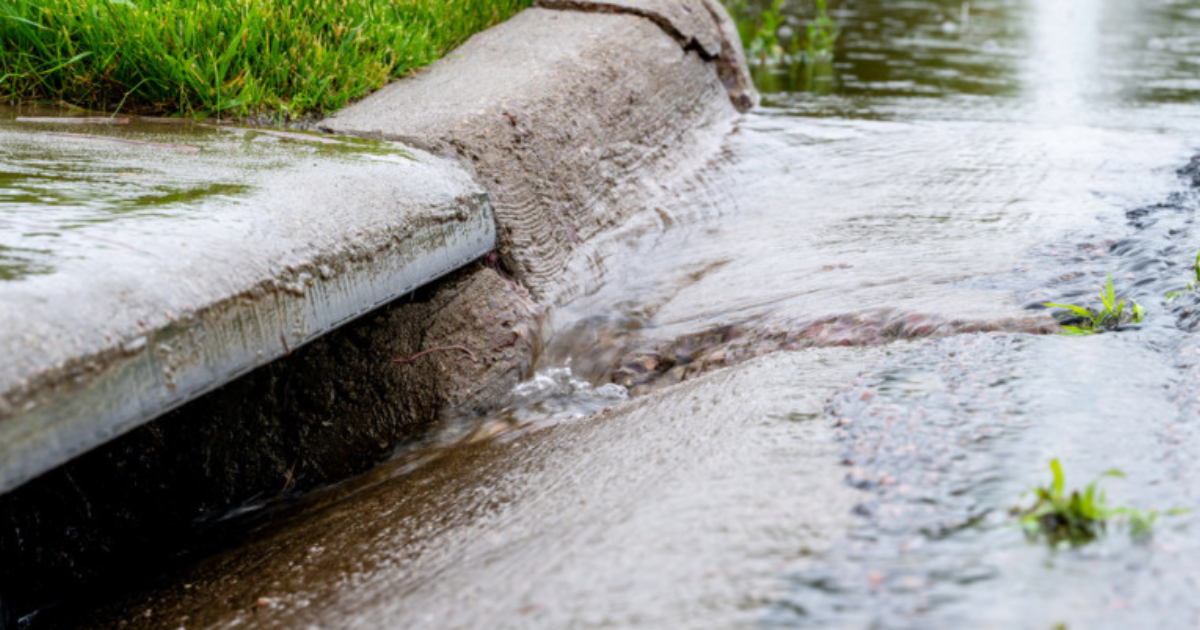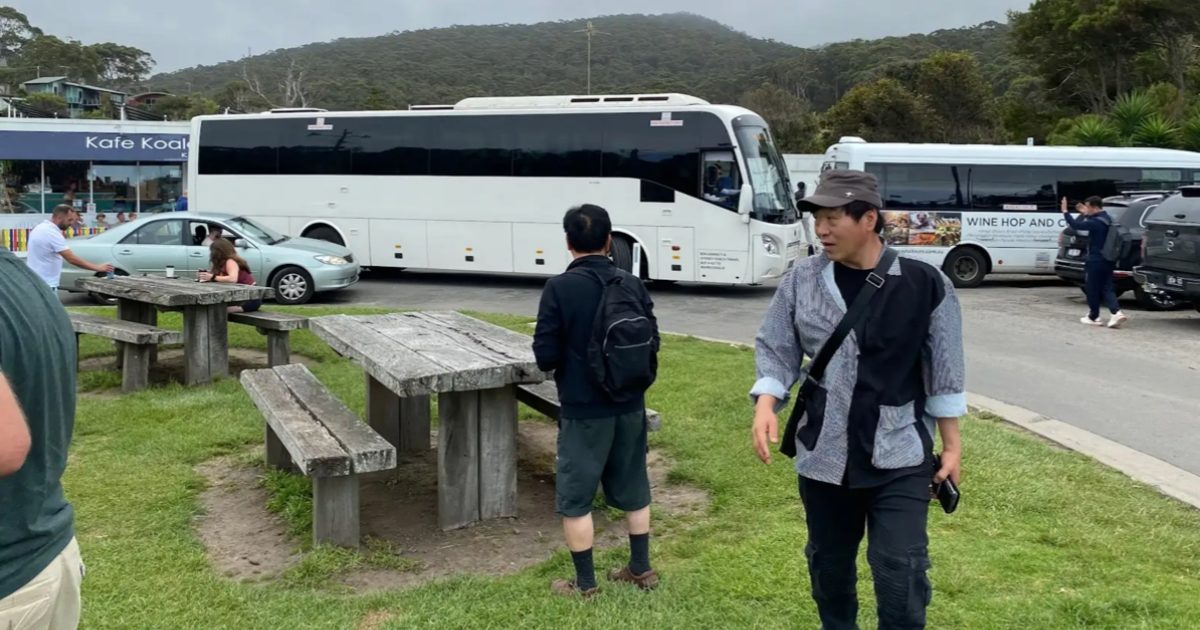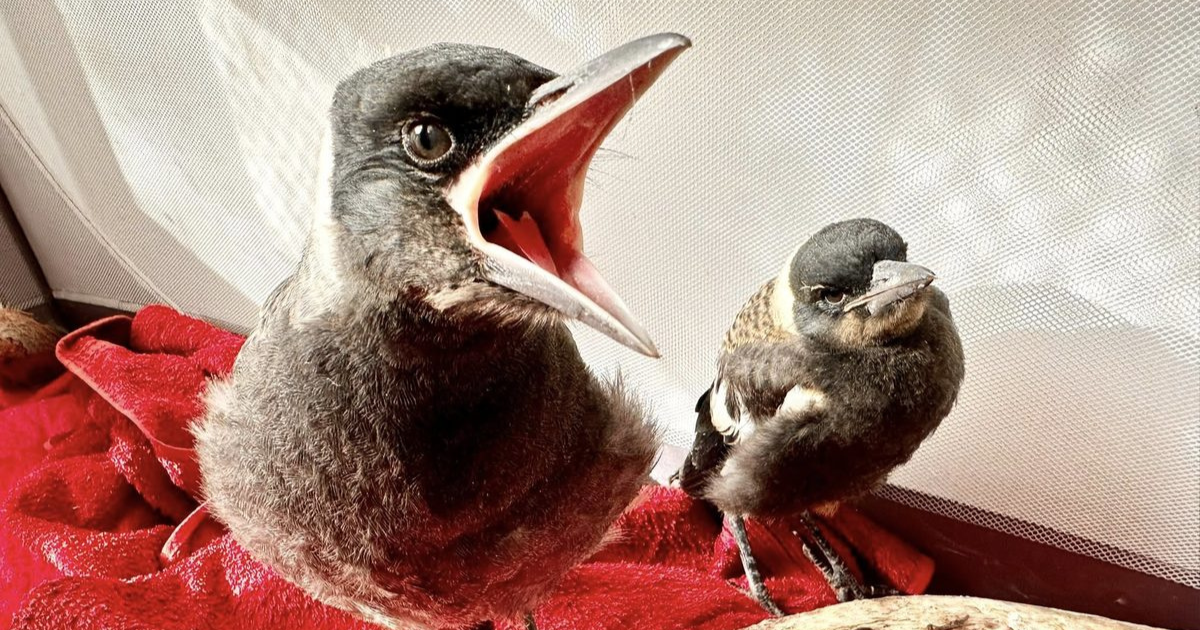Eroding coast
COLLAPSING cliffs along the Surf Coast are occurring more regularly and more beach closures are likely, a leading coastal academic warns.
“At the moment, it is being driven by nature … unusual for the Great Ocean Road, where humans are good at mucking around with nature,” Professor David Kennedy said of the numerous recent cliff falls that have predominantly occurred between Demons Bluff in Anglesea and Jarosite Bluff near Southside.
The coastal geomorphologist from The University of Melbourne identifies this area as a particular hotspot for the corroding coastline.
“Moving into the future some of those spots may erode quicker … really going to have to get used to it, expect more,” he warned.
The Great Ocean Road Coast and Parks Authority (GORCAPA) agreed, noting it is “closely monitoring large cracks at Demons Bluff near Anglesea where we expect more cliff falls in the near future”.
“The combination of the wet and dry conditions we have recently experienced is thought to have exacerbated cracking,” it said.
A lack of historical monitoring and more people in the region could offer another explanation as to why there’s a heightened awareness of the issue, Prof. Kennedy said.
“The Surf Coast is a fantastic high energy coastline, but the more we engage with it the more we are experiencing what’s the natural processes.”

GORCAPA now captures drone data as part of Victorian Coastal Monitoring Program and has a publicly accessible portal that explains cliff dynamics and rates of erosion and recession along the coast.
The site is at mapshare.vic.gov.au/coastkit/
“Several cliff areas between Jan Juc and Point Roadknight, and at Aireys Inlet, are susceptible to instability,” a GORCAPA spokesperson said.
“Our high visitation areas between Torquay and Aireys Inlet pose the highest risk due to the number of visitors and the highly erodible cliffs in these areas.”
Prof. Kennedy advised it was unrealistic trying to stop some sections of the coast from eroding, saying “a Great Ocean wall rather than a natural coastline is not really palatable”.
The western side of Anglesea “where the Great Ocean Road is going over an existing landslide” and “Marengo is right in active zone, a natural dynamic moving landscape of dunes and sand” are two areas Prof. Kennedy said would need intervention.
Authorities recently relocated two sections of the Surf Coast Walk, at Demons Bluff and Aireys Inlet, after safety risks were identified during assessments.
“Currently, we have no infrastructure requiring relocation, however coastal lookouts, paths and access stairs will continue to be regularly assessed,” a GORCAPA spokesperson said. “Further asset relocation is inevitable due to the dynamic nature of these coastal cliffs.”
Prof. Kennedy said more people visiting and staying in the region will continue to place more pressure on the coastline and that increasing development was an issue.
He also warned that wider threats such as climate change are changing weather patterns that in turn change wave directions and exacerbate erosion.
“Just a few degrees shift in the direction of waves can have a massive impact,” he said.


















